Zeolites Size
Zeolites Market Growth Projections and Opportunities
The zeolites market is influenced by a myriad of factors, each playing a significant role in shaping its dynamics. Market demand stands at the forefront of these factors. Zeolites, known for their diverse applications across industries like construction, agriculture, petrochemicals, and more, witness fluctuations in demand corresponding to the performance of these sectors. For instance, in construction, zeolites find utility in concrete admixtures for enhancing durability and reducing environmental impact. Therefore, any changes in construction activity levels directly impact zeolite demand. Similarly, in agriculture, zeolites are used as soil amendments for improving water retention and nutrient efficiency. Economic trends and governmental policies also exert considerable influence on zeolite market dynamics. Government regulations pertaining to environmental sustainability often promote the use of zeolites due to their ability to mitigate pollution, leading to increased demand. Additionally, economic policies that incentivize certain industries or investments can indirectly bolster zeolite demand by spurring growth in related sectors.
Supply-side factors also significantly impact the zeolites market. The availability of raw materials plays a crucial role in determining the production capacity of zeolites. Since zeolites are naturally occurring minerals, variations in mining activities and access to zeolite-rich deposits directly affect supply levels. Moreover, advancements in extraction and processing technologies can influence the efficiency and cost-effectiveness of zeolite production, thus shaping market dynamics. Furthermore, the geographical distribution of zeolite reserves impacts transportation costs and logistics, affecting the competitiveness of suppliers in different regions. Market competition and industry consolidation are additional factors that shape the supply side of the zeolites market. Mergers, acquisitions, and partnerships among key players can alter market dynamics by influencing production capacities, pricing strategies, and distribution networks.
Global trends and macroeconomic factors also play a pivotal role in shaping the zeolites market. Factors such as population growth, urbanization, and industrialization drive demand for zeolites across various applications. For instance, rapid urbanization fuels construction activities, leading to increased demand for zeolites in infrastructure development. Similarly, population growth necessitates higher agricultural productivity, driving the adoption of zeolite-based soil amendments to enhance crop yields. Moreover, macroeconomic indicators such as GDP growth, inflation rates, and currency exchange rates influence investment patterns and consumer spending, indirectly impacting zeolite demand.
Technological advancements and innovations represent another key market factor for zeolites. Ongoing research and development efforts aimed at improving zeolite synthesis methods, enhancing product performance, and discovering novel applications contribute to market growth. Innovations in zeolite-based catalysts, adsorbents, and membranes expand the scope of applications across industries, creating new avenues for market expansion. Additionally, technological breakthroughs that increase the cost-effectiveness of zeolite production or improve product quality can drive market competitiveness and spur demand.
Environmental factors also play a significant role in shaping the zeolites market, particularly given the growing emphasis on sustainability and environmental stewardship. Zeolites are renowned for their eco-friendly properties, including their ability to adsorb pollutants, mitigate greenhouse gas emissions, and conserve water resources. Consequently, increasing environmental awareness and stringent regulations aimed at reducing pollution and enhancing resource efficiency propel the adoption of zeolite-based solutions across industries. Moreover, initiatives promoting circular economy principles and waste valorization contribute to the utilization of zeolites in waste treatment and recycling applications, further driving market growth.
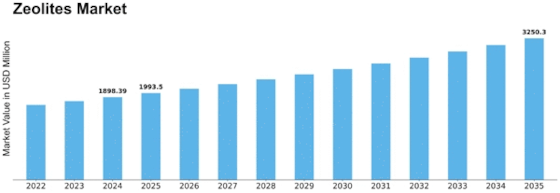

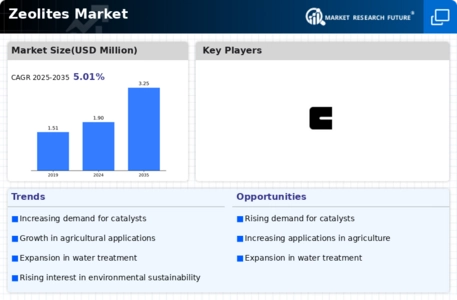
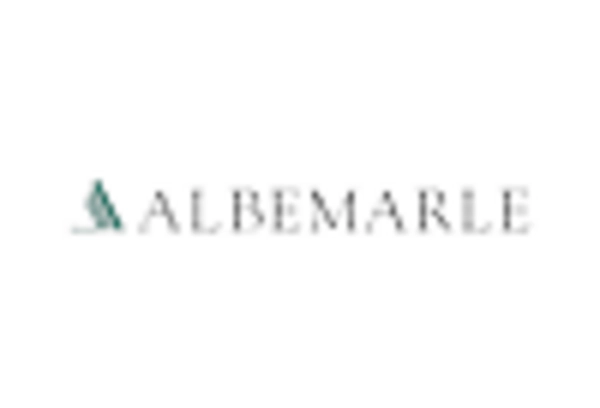
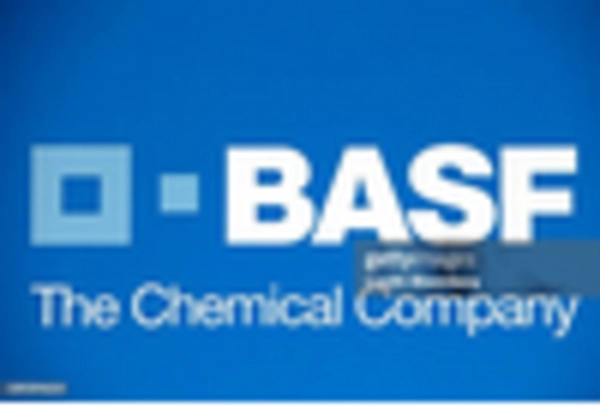
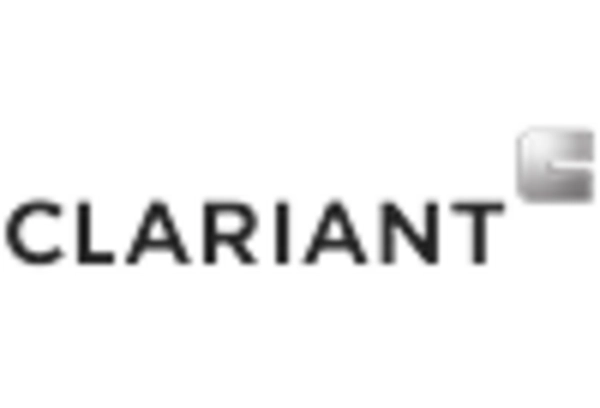
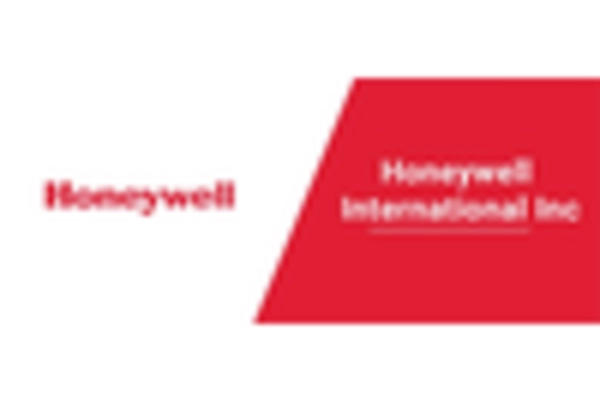

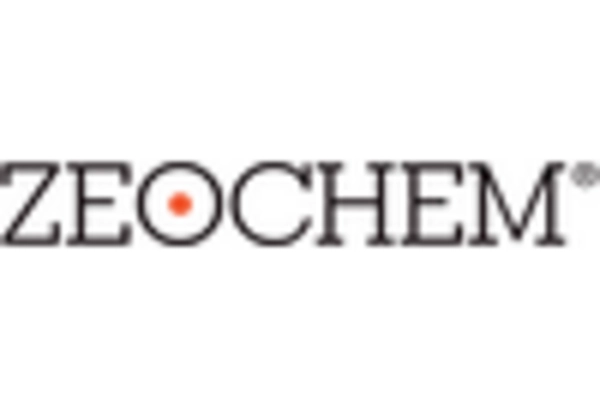









Leave a Comment